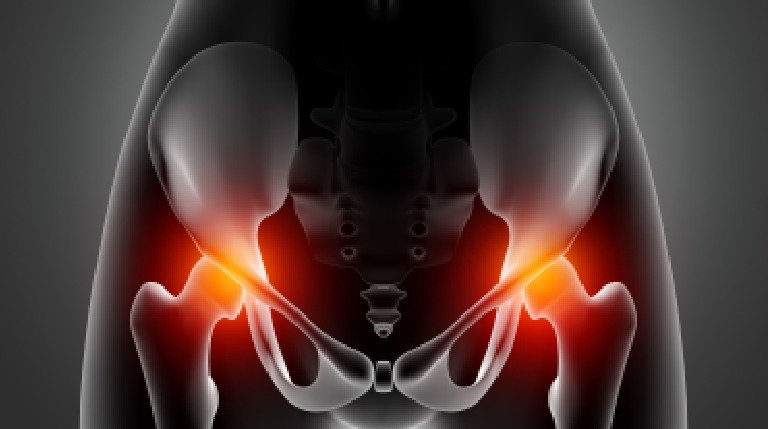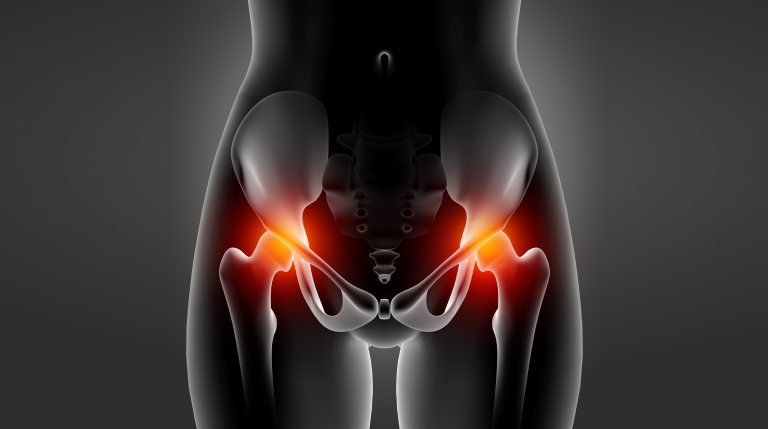
Accelerating Recovery: Mastering the Art of Healing After Hip Replacement Surgery
The journey to a pain-free life after hip replacement surgery is a significant and transformative experience. This comprehensive guide will provide you with essential insights, data, and expert opinions on optimising your healing process and ultimately achieving high mobility and comfort.
- Understanding Hip Replacement Surgery: Hip replacement surgery, or arthroplasty, is a standard procedure that replaces the damaged hip joint with a prosthesis, typically made of metal, ceramic, or plastic components. According to the American Academy of Orthopedic Surgeons, over 450,000 hip replacements are performed annually in the United States alone. The primary goal of the surgery is to alleviate pain and restore mobility in patients suffering from hip joint disorders, such as osteoarthritis, rheumatoid arthritis, or traumatic injuries.
- The Importance of Post-Surgery Rehabilitation: Rehabilitation is an integral part of the healing process, as it helps patients regain strength, mobility, and function in their new hip joint. Dr John C. Clohisy, an orthopaedic surgeon and professor at Washington University School of Medicine, emphasises the significance of post-operative rehabilitation: “A well-structured rehabilitation program is essential for a successful outcome after hip replacement surgery.”
- The Role of Physiotherapy: Physiotherapy is a critical aspect of the recovery process, as it provides targeted exercises and stretches designed to improve flexibility, strength, and balance. Research conducted by the University of Delaware suggests that patients who engage in Physiotherapy within 24 hours of surgery experience a faster and more effective recovery.
- Pain Management Strategies: Effective pain management is crucial for smooth healing. Dr Michael Mont, director of the Center for Joint Preservation and Replacement at the Rubin Institute for Advanced Orthopedics, advises that a combination of medications, including anti-inflammatories, opioids, and nerve blocks, can be employed to reduce pain and swelling in the initial post-operative period.
- Embracing a Healthy Lifestyle: A well-balanced diet, rich in vitamins and minerals, promotes optimal healing. Foods high in protein, such as lean meats, fish, and legumes, can support muscle regeneration and repair, while fruits and vegetables provide vital nutrients that reduce inflammation. Additionally, staying hydrated is essential for overall health and recovery.
- The Power of Social Support: The role of social support during the recovery process cannot be overstated. A study published in the Journal of Bone and Joint Surgery found that patients with strong social support networks experienced less pain and better functional outcomes after hip replacement surgery. Therefore, engaging with friends, family, and support groups can significantly contribute to a successful healing journey.
Healing after hip replacement surgery requires dedication, persistence, and a multifaceted approach. Patients can accelerate their recovery and enjoy a more active, pain-free life by understanding the importance of rehabilitation, engaging in physiotherapy, managing pain effectively, embracing a healthy lifestyle, and nurturing social connections.




